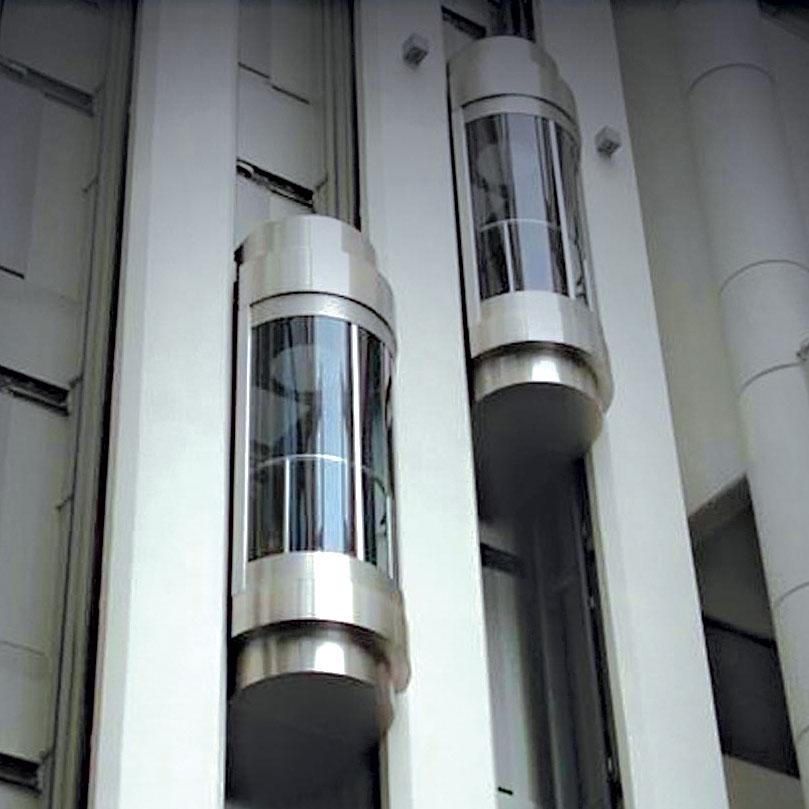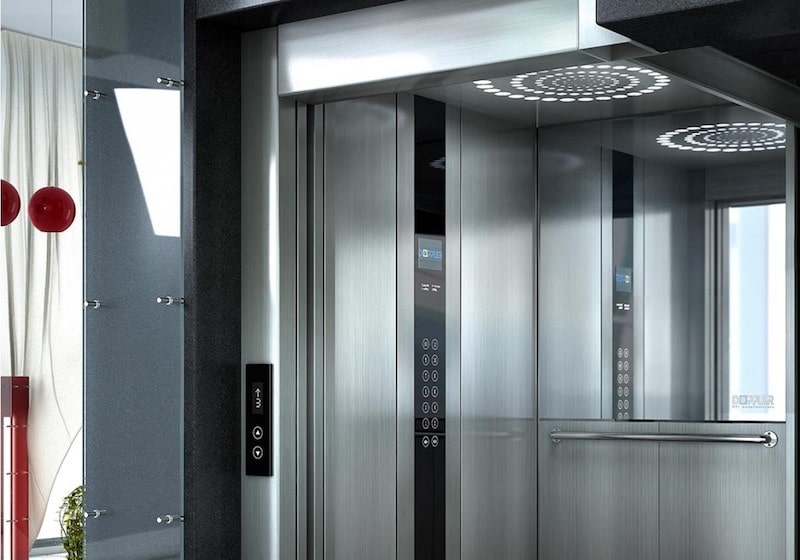Understanding the Different Sorts Of Lifts and Their Associated Maintenance Difficulties
In the realm of building management, the smooth operation of lifts is necessary for ensuring the smooth motion of individuals within a framework. Lifts, escalators, system lifts, staircase lifts, and upright platform lifts are all essential elements of a building's infrastructure that need thorough attention to maintenance. Each type of lift presents its one-of-a-kind collection of difficulties, from mechanical breakdowns to regulative conformity concerns. By discovering the nuances of these various sorts of lifts and the maintenance hurdles they pose, a much deeper understanding can be obtained of the detailed functions behind keeping vertical transportation systems running efficiently.
Lifts
Elevators play a vital duty in upright transport systems within structures, facilitating effective movement in between various floors. These mechanized lifts have actually ended up being a vital feature in contemporary infrastructure, making it possible for the seamless upright wheelchair of people and goods within skyscraper frameworks. By offering a secure, quick, and practical methods of transportation, elevators enhance access and benefit for people with differing mobility demands.
The design and operation of lifts entail elaborate design concepts to ensure dependable efficiency and passenger security. From grip lifts that utilize counterweights and cables to hydraulic systems that depend on liquid stress, various types of elevators provide one-of-a-kind advantages based on the building's height, web traffic patterns, and space constraints. Routine maintenance and evaluations are vital to copyright lift capability and prevent prospective failures that can disrupt structure procedures and trouble residents.
Moreover, improvements in lift modern technology, such as location control systems and energy-efficient attributes, remain to maximize upright transportation effectiveness while focusing on guest convenience and sustainability. As structures get to better heights and intricacy, elevators stay an essential element of urban growth, enhancing upright connection and building functionality.

Escalators
Upright transportation systems in structures are further boosted by the visibility of escalators, providing a corresponding mode of movement in between floorings that complements the functionality of mechanical lifts. Escalators are intricate systems that require specialized maintenance to ensure smooth procedure and safety for individuals. Routine upkeep of escalators is crucial to make sure and prevent failures passenger security. Difficulties in escalator upkeep include the deterioration of relocating components, such as actions, hand rails, and drive systems, which can cause breakdowns otherwise quickly addressed. Furthermore, escalators are revealed to high levels of foot web traffic, which can add to the accumulation of particles and dirt, impacting their efficiency. Appropriate cleansing and lubrication of components are critical upkeep jobs to support escalator functionality. Service technicians have to additionally perform normal evaluations to determine prospective issues and address them proactively, decreasing downtime and improving the general integrity of these upright transportation systems within buildings.
System Lifts
System lifts, likewise referred to as wheelchair lifts, are necessary about his accessibility functions in structures and public areas, offering movement services for people with handicaps. These lifts are made to safely transfer individuals in wheelchairs or with minimal mobility in between various levels of a structure. System lifts can be found in different types, including vertical system lifts, inclined system lifts, and portable lifts, each accommodating particular building and ease of access needs.
One of the main upkeep obstacles linked with platform lifts is guaranteeing conformity with safety and security laws and standards. Additionally, appropriate training for maintenance team is crucial to identify potential issues early on and prevent any kind of disturbances in the lift's functionality.
Stair Lifts
An usual feature in buildings to enhance accessibility for individuals with wheelchair challenges, stair lifts provide a practical service for browsing several degrees without the need for climbing up staircases - lift repair companies. These devices consist of a mechanized chair or platform that relocates along a rail affixed to the staircase, allowing people to be safely moved up and down the stairs while seated. Staircase lifts are specifically helpful for the senior and individuals with specials needs, enabling them to maintain self-reliance and accessibility different floorings of a structure effortlessly
One of the main upkeep obstacles associated with stairway lifts is ensuring the smooth operation of the relocating parts. Appropriate maintenance not just Website lengthens the lifespan of the stairway lift however also guarantees the safety and security of its users.
Vertical Platform Lifts
When thinking about access options for people with mobility challenges, vertical system lifts play an essential role in helping with movement between different degrees within a building. Vertical platform lifts are designed to deliver people in wheelchairs or with restricted movement vertically in between floors. These lifts offer a reliable and secure means for people to access different levels without the requirement to navigate stairways.
One of the essential advantages of upright platform lifts is their adaptability in regards to installment. They can be conveniently integrated right into existing structures without the requirement for extensive structural adjustments. lift repair companies. This versatility makes vertical platform lifts a preferred choice for both property and industrial setups
However, like any kind of mechanical system, vertical platform lifts need routine upkeep to guarantee optimum performance and security. Typical maintenance tasks for upright system lifts consist of checking and lubricating relocating parts, testing security functions, and inspecting electrical parts. Routine upkeep not just extends the life-span of the lift yet additionally aids protect against unexpected break downs that could disrupt accessibility for individuals with wheelchair challenges.
Conclusion
To conclude, understanding the different kinds of lifts and their distinct upkeep difficulties is vital for ensuring their reliable and risk-free procedure. Lifts, escalators, system lifts, staircase lifts, and upright platform lifts each need particular upkeep procedures to prevent malfunctions and make certain customer security. By identifying these differences and carrying out proper upkeep methods, building their website owners and managers can extend the life-span of their lifts and provide a trustworthy transport option for occupants.

Nonetheless, like any mechanical system, vertical platform lifts require normal upkeep to make certain optimum performance and safety and security. Elevators, escalators, platform lifts, stair lifts, and upright platform raises each need particular maintenance procedures to prevent malfunctions and guarantee user safety.